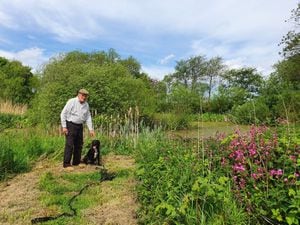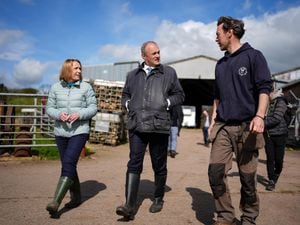War against potato pest starts now
Historical field trial data has indicated that soil sterilisation directly after harvest as part of a fully integrated approach can result in 70 per cent to 80 per cent reductions of Potato Cyst Nematode populations.
Soil sterilisation can be a very useful component of an integrated pest management strategy ahead of planned potato crops.
I’ve been running field trials since 2014, primarily testing potential new potato varieties for both resistance and tolerance against PCN.
As part of our work, we’ve compared field scale sterilised and unsterilised cropping areas including areas planted with double resistant varieties. Land treated using a soil sterilant such as Metam to lower the burden of PCN showed major benefits, particularly if the crop isn’t very tolerant to the pest.
By necessity, trial fields do need homogenous populations of the pest for robust data. This also implies high population numbers that require significant reduction before planting to provide a fair test across replicated plots.
We have seen that treatment directly after harvest can result in a significant knock-back of population levels, ready for an in-season follow up treatment with a granular nematicide, under the NSP guidelines.
To get reduced, manageable levels of PCN control, it’s vital to use every defence in the armoury as part of a fully integrated approach.
Historically, sterilisation treatments such as this have been regarded as ‘last resort’. However, I hope a consensus will emerge that all forms of PCN management need to be fully integrated and drawn upon.
There is a strong case for better understanding of treatment thresholds, as subsequent cost benefit calculations have been overly cautious for many years, allowing PCN levels across the industry to build undetected.
It is vital that growers and agronomists appreciate the dynamics between resistance and tolerance and the implications of this in every aspect of potato production.
Implementing a full IPM approach, which starts now with a soil sterilant, can lead to more manageable levels of the pest, and the best possible growing conditions ahead of spring planting next year. So, growers should look at their strategy with this in mind.
Peter Blaylock is an agronomist at E Park and Sons Ltd, one of the biggest independent potato businesses in the UK





